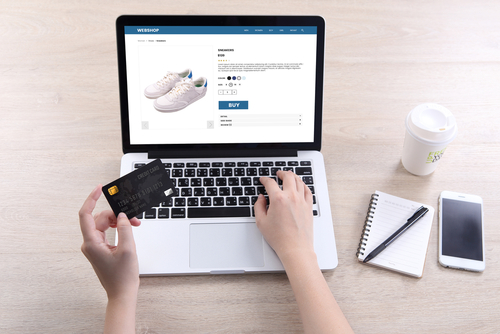By Christian Wilkens
Online business are using standard Ecommerce tools to manage all sorts of retail and rental operations. Rental business owners find that these tools are not well suited for their needs. In fact, many customers who contact us, have problems with limitations of their current software for their rental business.
Discover the key reasons why online rentals can’t be managed with standard ecommerce tools. By understanding the challenges faced by rental business owners, we can develop better solutions that meet their needs. But before that happens, we need to understand the consumer perspective in buying vs renting.




